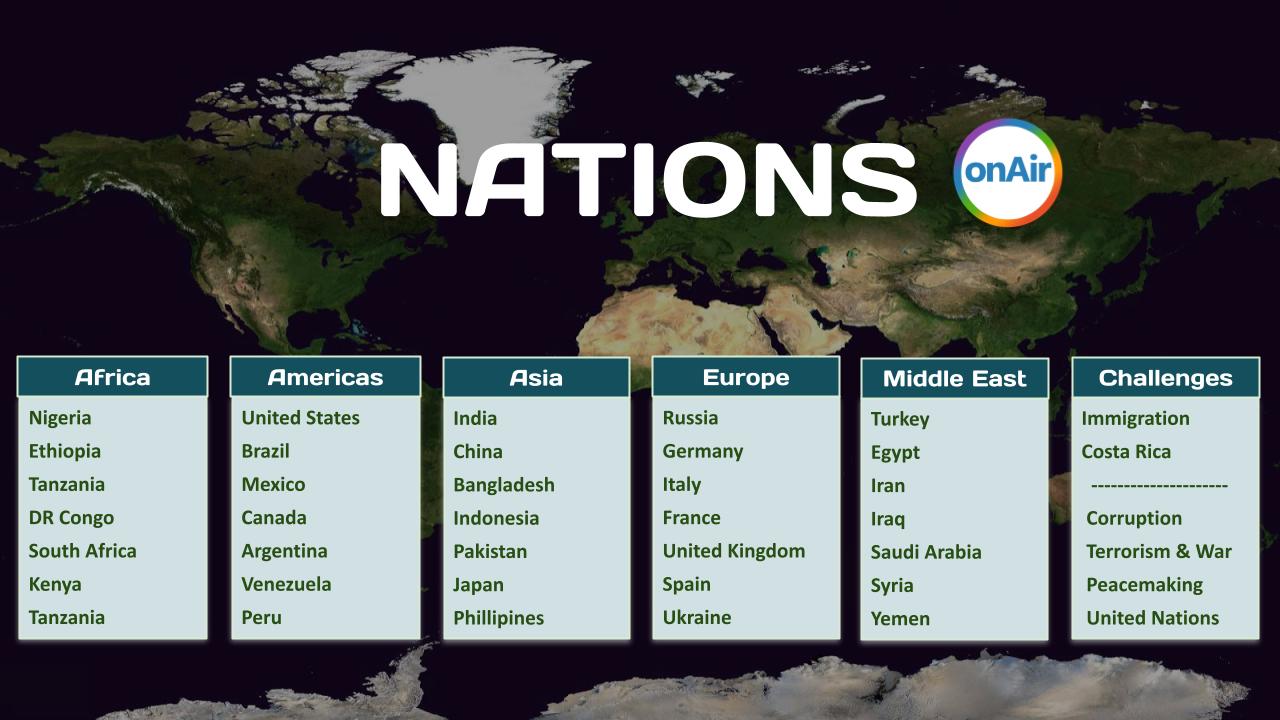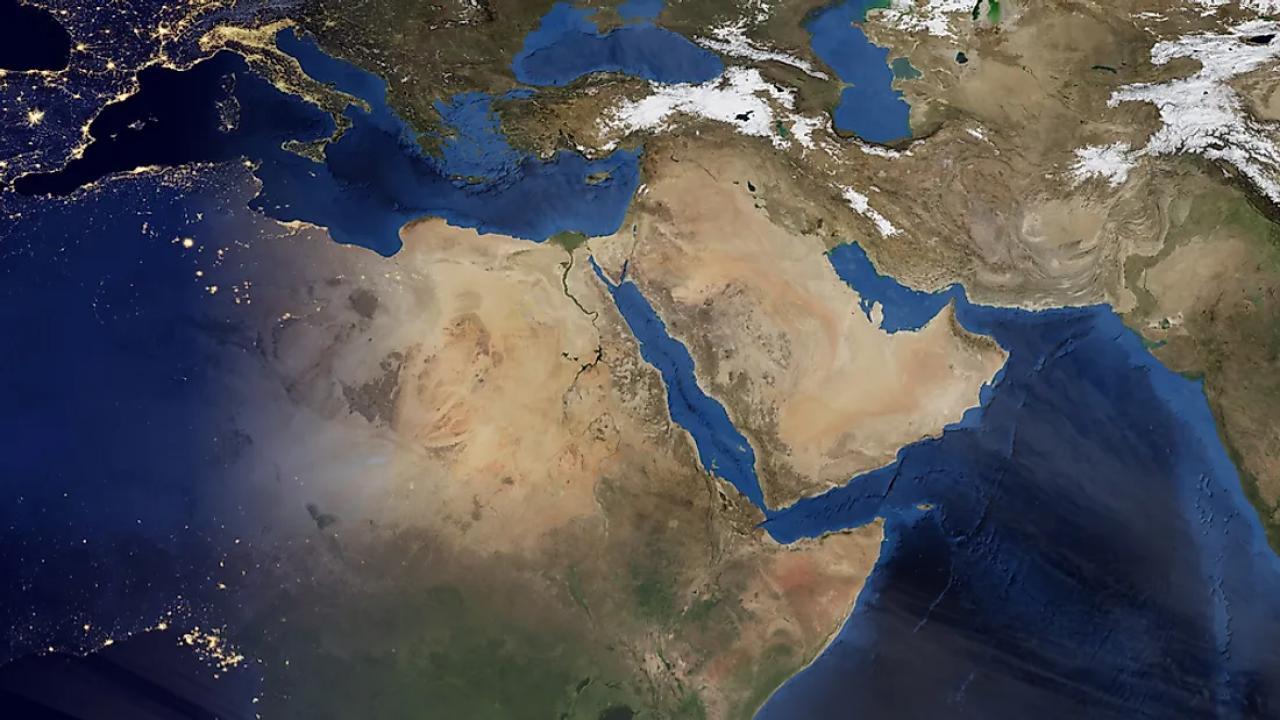The Middle East is a geopolitical term that commonly refers to the region spanning the Levant, Arabian Peninsula, Anatolia (including modern Turkey and Cyprus), Egypt, Iran and Iraq. The term came into widespread usage as a replacement of the term Near East (as opposed to the Far East) beginning in the early 20th century. The term “Middle East” has led to some confusion over its changing definitions, and has been viewed by some to be discriminatory or too Eurocentric. The region includes the vast majority of the territories included in the closely associated definition of Western Asia, but without the Caucasus and including all of Egypt, and not just the Sinai Peninsula.
Most Middle Eastern countries (13 out of 18) are part of the Arab world. The most populous countries in the region are Egypt, Iran, and Turkey, while Saudi Arabia is the largest Middle Eastern country by area. The history of the Middle East dates back to ancient times, with the geopolitical importance of the region being recognized for millennia. Several major religions have their origins in the Middle East, including Judaism, Christianity, and Islam.Arabs constitute the main socioethnic grouping in the region, followed by Turks, Persians, Kurds, Azeris, Copts, Jews, Assyrians, Iraqi Turkmen, and Greek Cypriots.





